During the October and November months, there are a number of jobs that need to be attended to that will make all the difference with setting the growing season up for success come end of winter/early Spring. I like to think of it as “putting the garden and greenhouse to bed” for Winter. Here I detail the 7 things I do to ensure the garden and greenhouse are overwintered well.
1. Harvest the last of your Summer vegetables
This is the first thing to do. If your summer fruits and vegetables are still producing, it is important to keep on top of your harvests. See here how I preserve and prepare my harvests to make the most of everything I grow throughout the year.
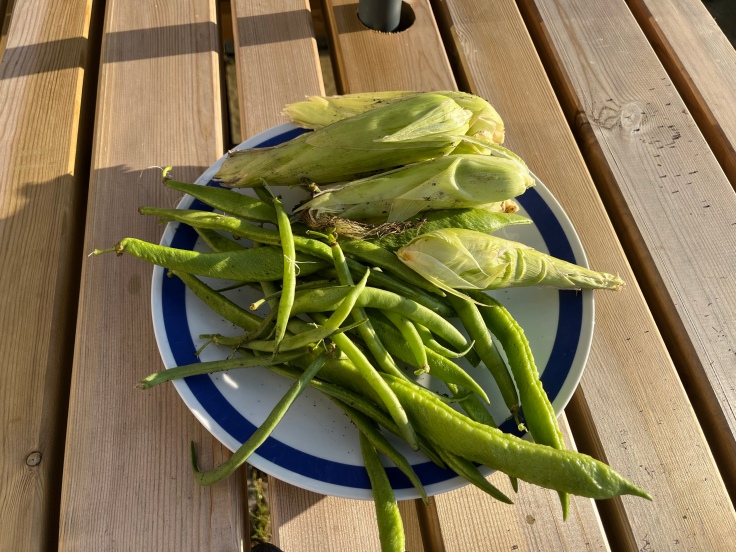
2. Remove summer veg and annuals

I tend to remove summer veg stalks and annuals from their beds and cut back some perennials. At this time of year, they are spent and flowers and fruit have gone over so it makes little sense to keep them in the ground. Besides, they tend to make a less than attractive view in the garden during the Winter months.
However, there are two exceptions:
I have a few well-established dahlia bushes in the borders against the house which I tend to leave in the ground permanently. I do tend to cut them back at the end of winter to make room for the new season’s growth, but the dead foliage during the Winter goes a long way in protecting the bulbs underground. It also serves as winter homes for brumating and hibernating creatures like hedgehogs. Win win.
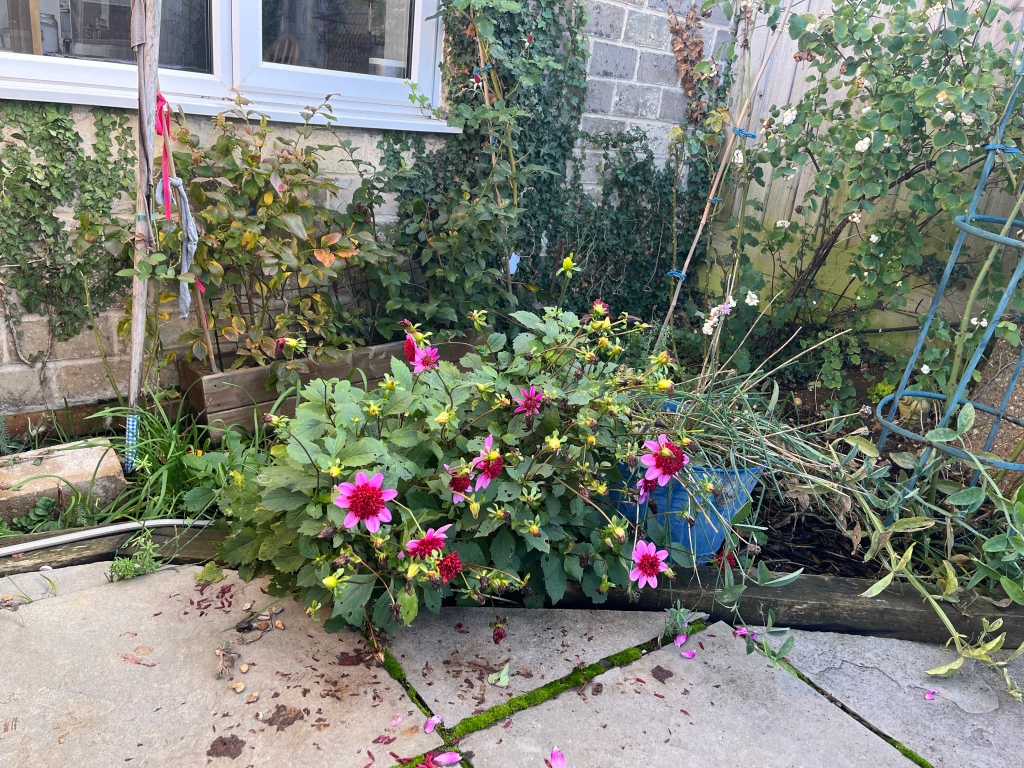

I also have a number of berry plants around the garden and in hanging baskets which I tend to leave undisturbed over winter because birds in my area, particularly sparrows, and other wildlife feast on the latter produced berries when other food sources may be a little thin on the ground later in the season.
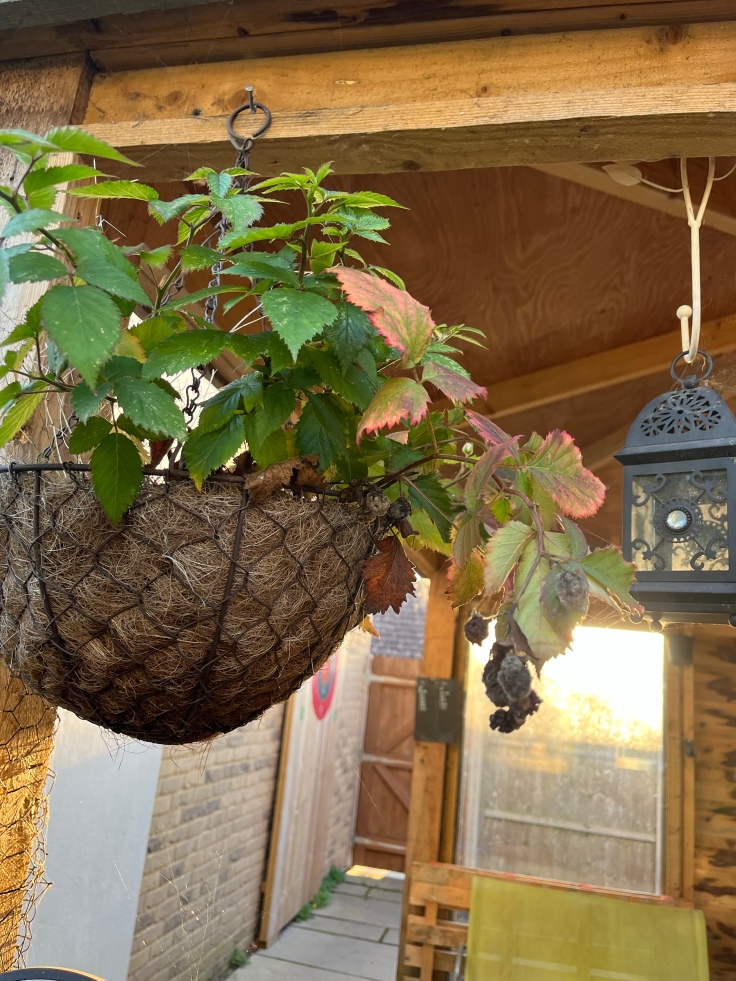
3. Add compost or manure to the veg bed
I remember my father doing this every Autumn and now I do it too. Once my raised beds have been emptied of their summer crops, I add a thick layer of nutrient-rich organic matter to it to regenerate the soil. Last year, I used farmyard manure but this year, I have produced just enough homemade compost for this purpose and going forward, this is what will be used every year.
Experiment: In the past, because I did not have any of my homemade compost ready, I used some of the un-composted garden waste from the summer crops, to supplement bought-in farmyard manure. However, whilst this did save me money on the amount of compost and manure I needed to buy, come Spring, not every thing had composted down so this is a method best used sparingly. Although it’s fine to leave some veg matter in to break down slowly and add nutrients for later in the Summer season.
Best practice: Cut down plants into small pieces and place in your compost bin and used the already broken down/partially composted compost in your garden beds. Over winter, with the frost and harsh weather conditions, the compost added to your beds will continue to protect and nourish your beds, add nutrients to depleted soil and continue to break down into arable compost ready for planting in the coming Spring.
4. Plant Spring Bulbs
Autumn is the time to plant all your Spring bulbs: main crop of garlic, and your Spring floral displays like daffodils, crocuses, snowdrops and tulips. When you’re tired of looking at your dreary garden in January, you will be thankful you made the effort to plant some early Spring bulbs for some much needed vibrant pops of colour!
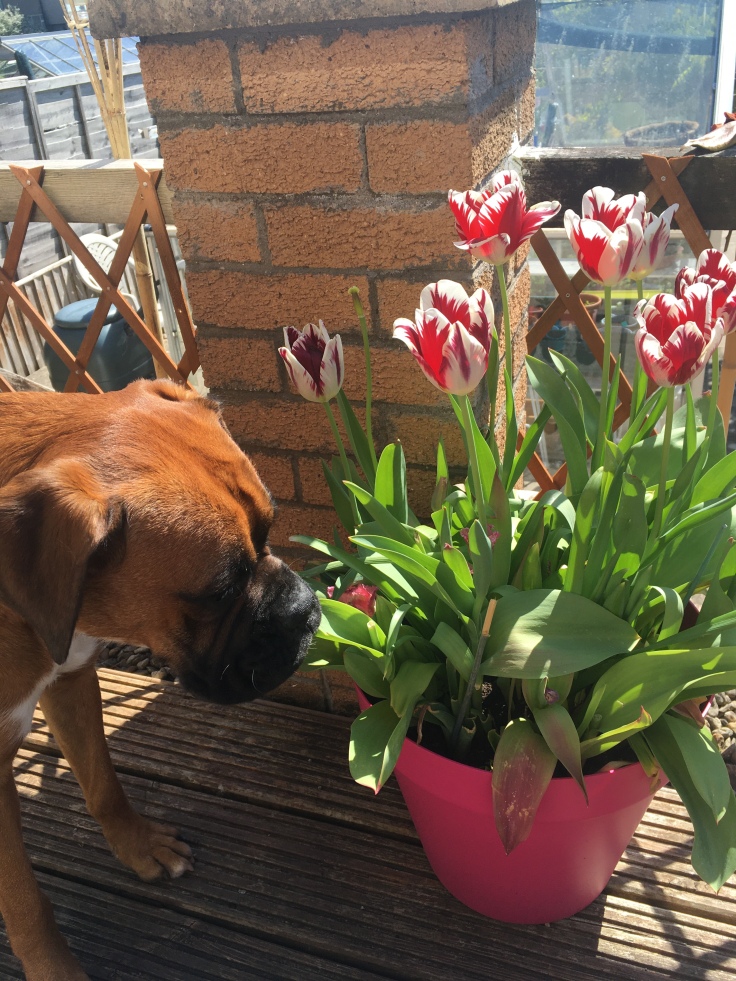
5. Clean the greenhouse/pots/tools
This year, I am committing to cleaning my greenhouse, tools and pots in Autumn as I put the garden to bed to ensure when Spring comes around, there will be fewer tasks to do!
I am getting into the habit early in the season to manually open the greenhouse window everyday. In the Summer months, the increased temperature opens the auto vent mechanisms in the structure. When it is cold, the auto vents do not work so the greenhouse needs to be ventilated manually to get the moisture and humidity inside of the greenhouse at healthy levels (I aim for about 60% in winter).
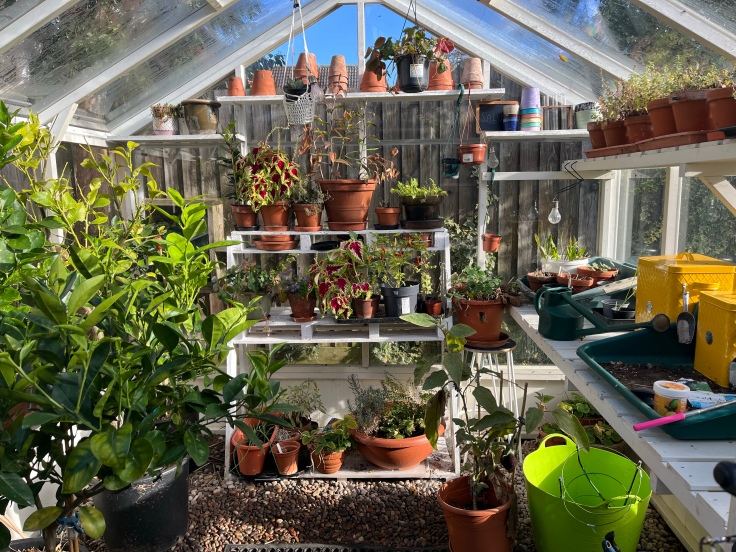
6. Bring in or cover garden furniture
This tip may seem obvious, but I’m putting this one in more as a reminder for myself: For their longevity, it’s best to bring in all garden furniture: table, chairs, “outdoor” rugs, cushions and similar accoutrements that we may install in the garden to help us better enjoy the Summer. Things than can not be taken indoors can be covered with a weather-proof covering for their protection.
7. Bring in tender crops for their protection before the first frost
Tender crops such as dahlias in pots, citrus etc can not be left out during the colder months so they need to be protected indoors. In the case of citrus plants, they need somewhere cool, bright and unheated for the kind of winters we typically get in the UK (or US Hardiness zone 9A). I keep mine in the greenhouse. An unheated porch or conservatory works equally well. Failing that, next to a bright window indoors away from a fire or radiator.
And generally…
Keep things trim, tidied away and minimal for a streamlined and efficient garden once the weather starts warming up again in the new year.
Happy Wintering.
Leave a comment